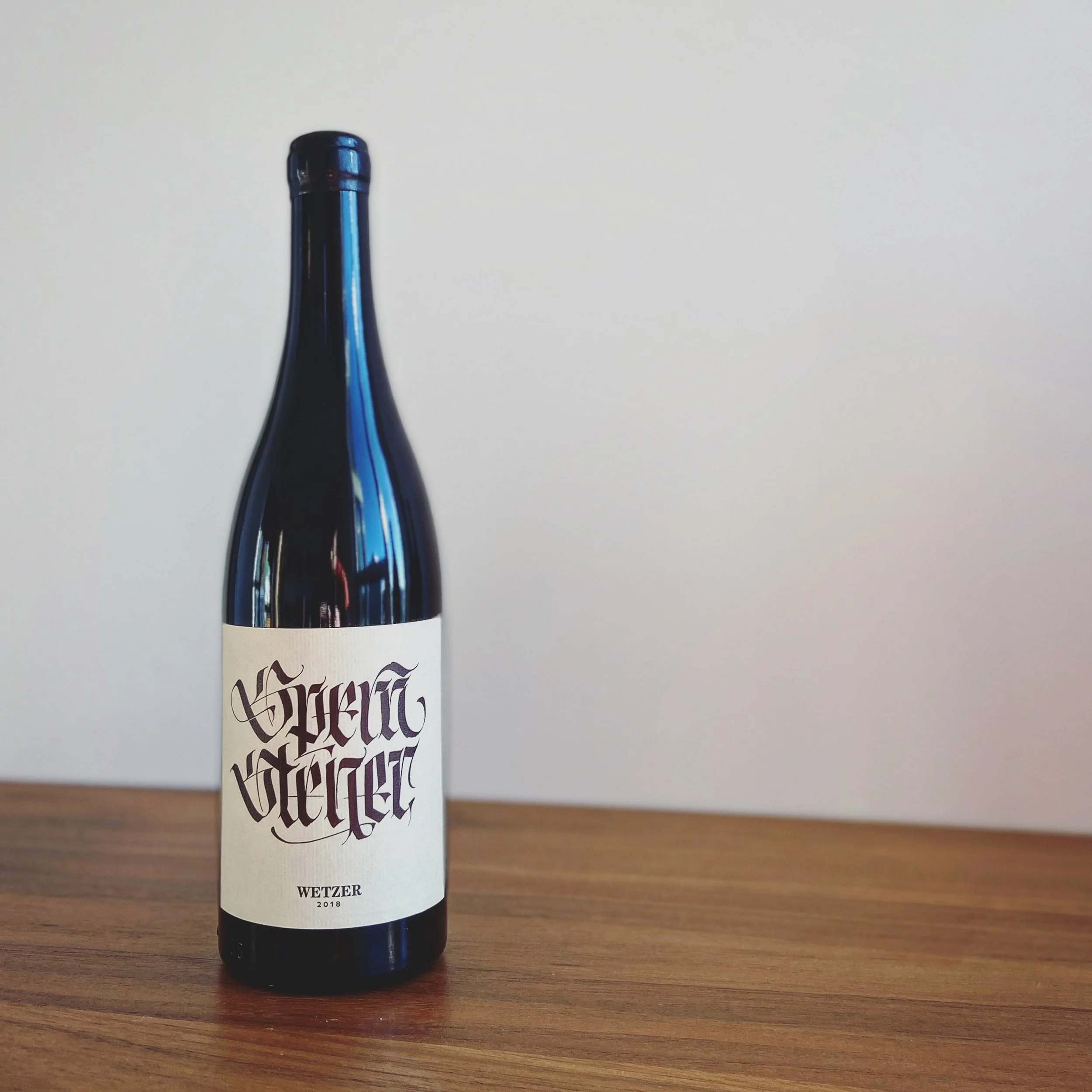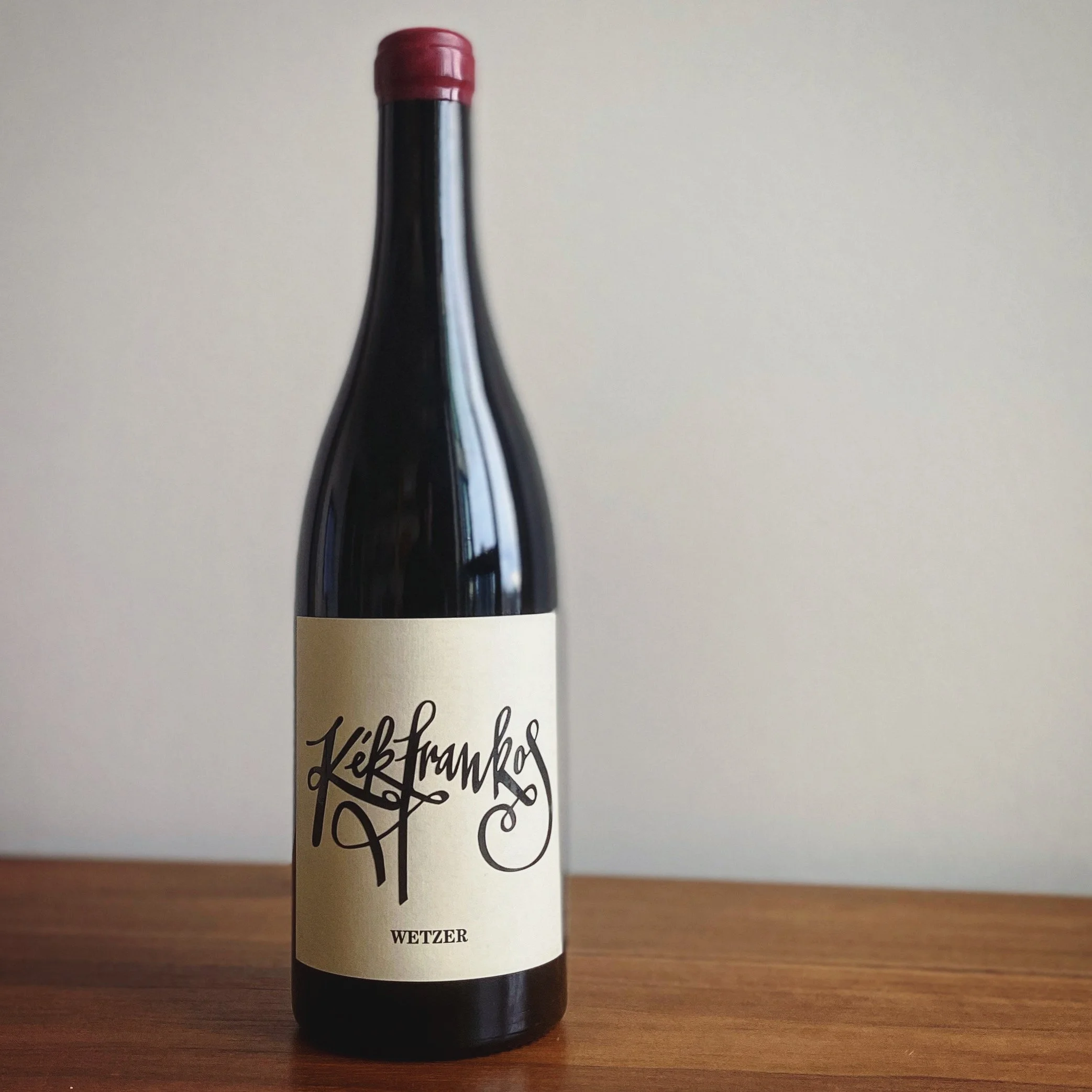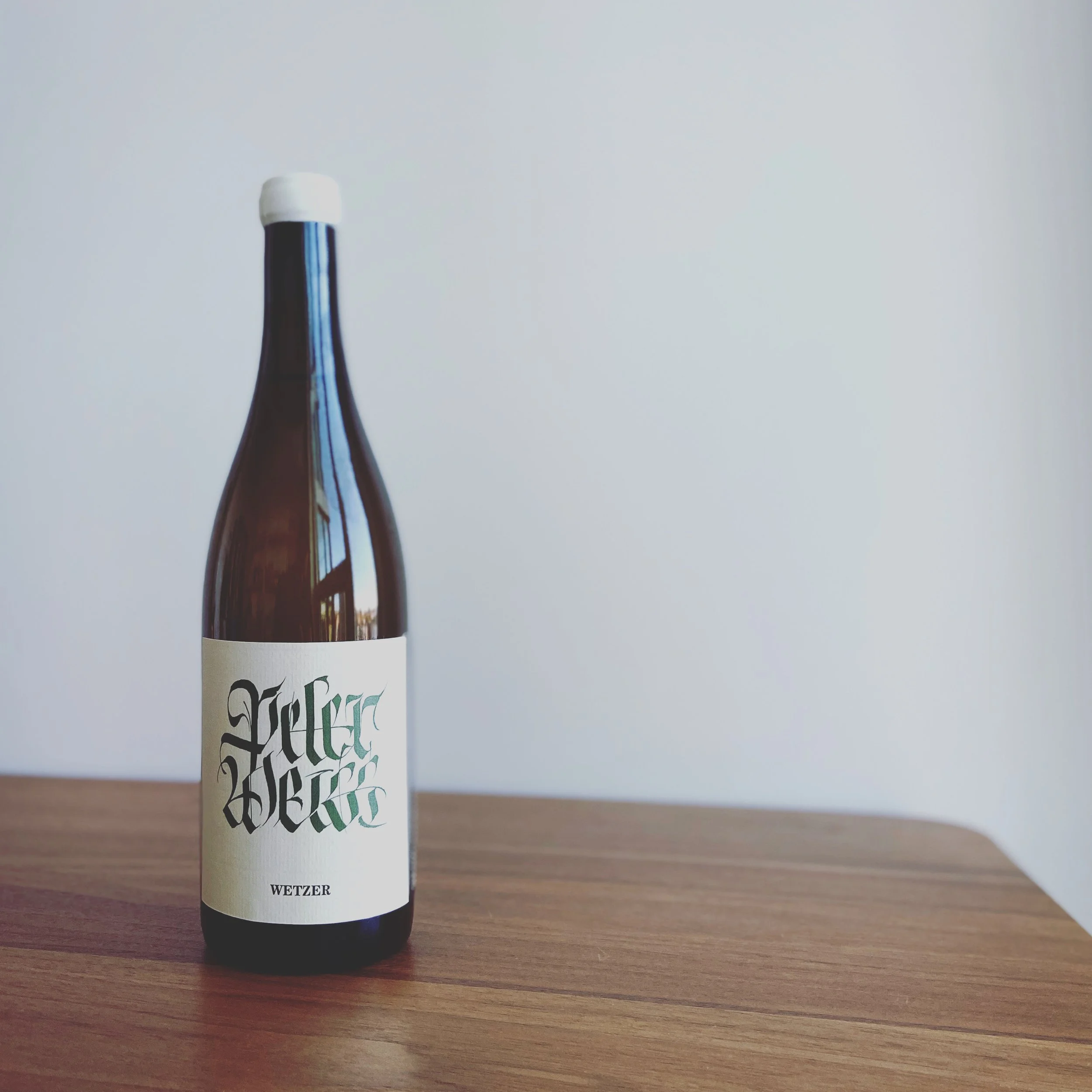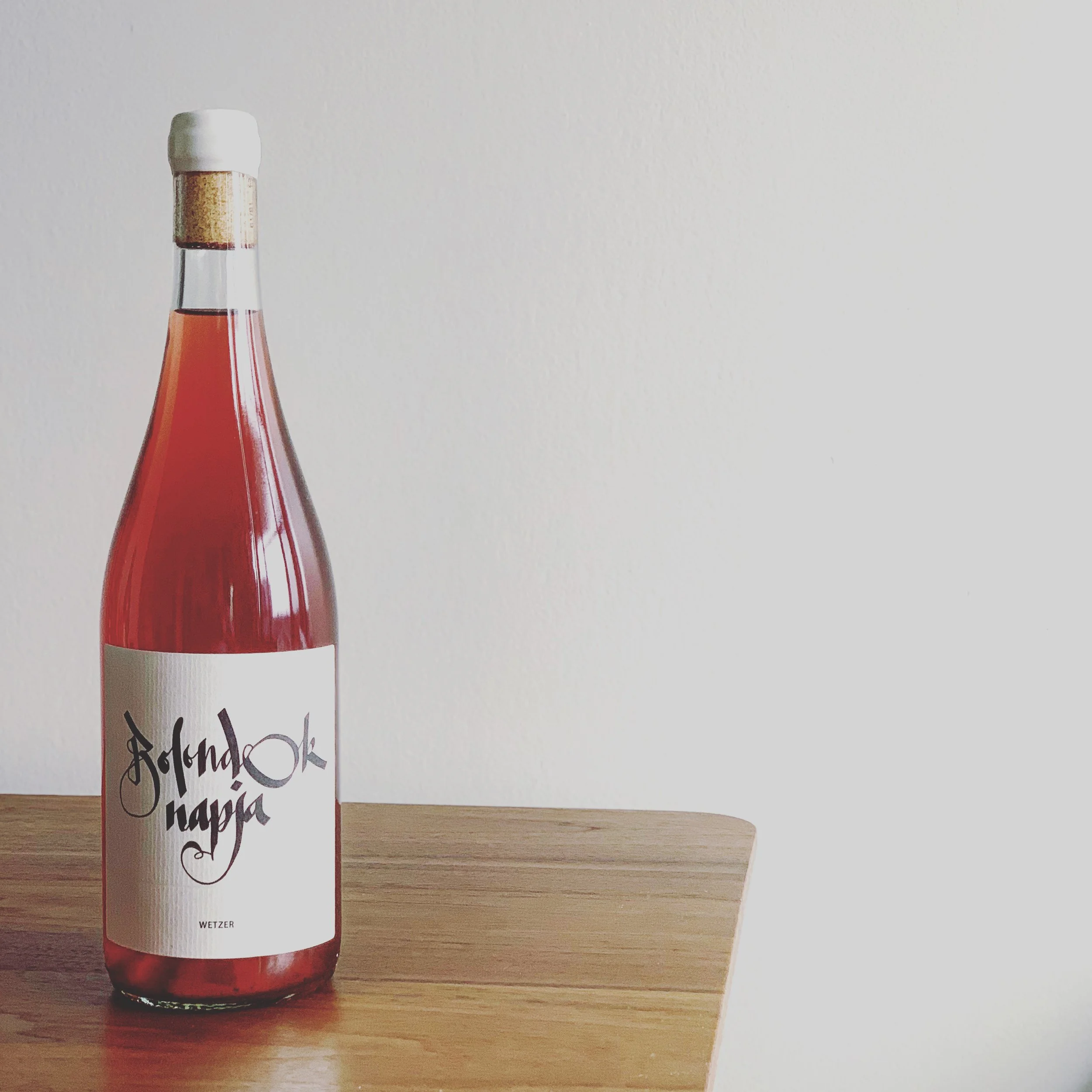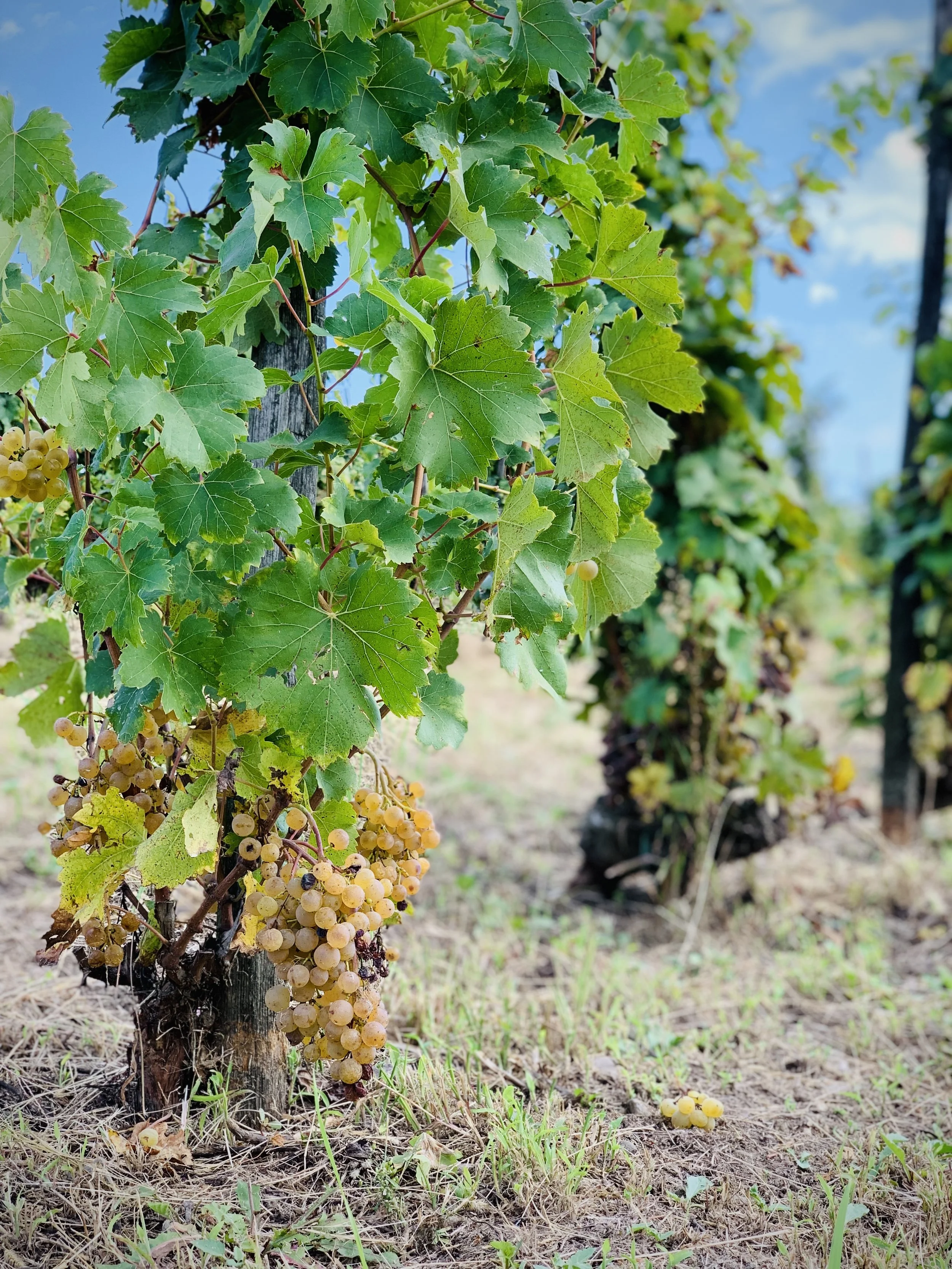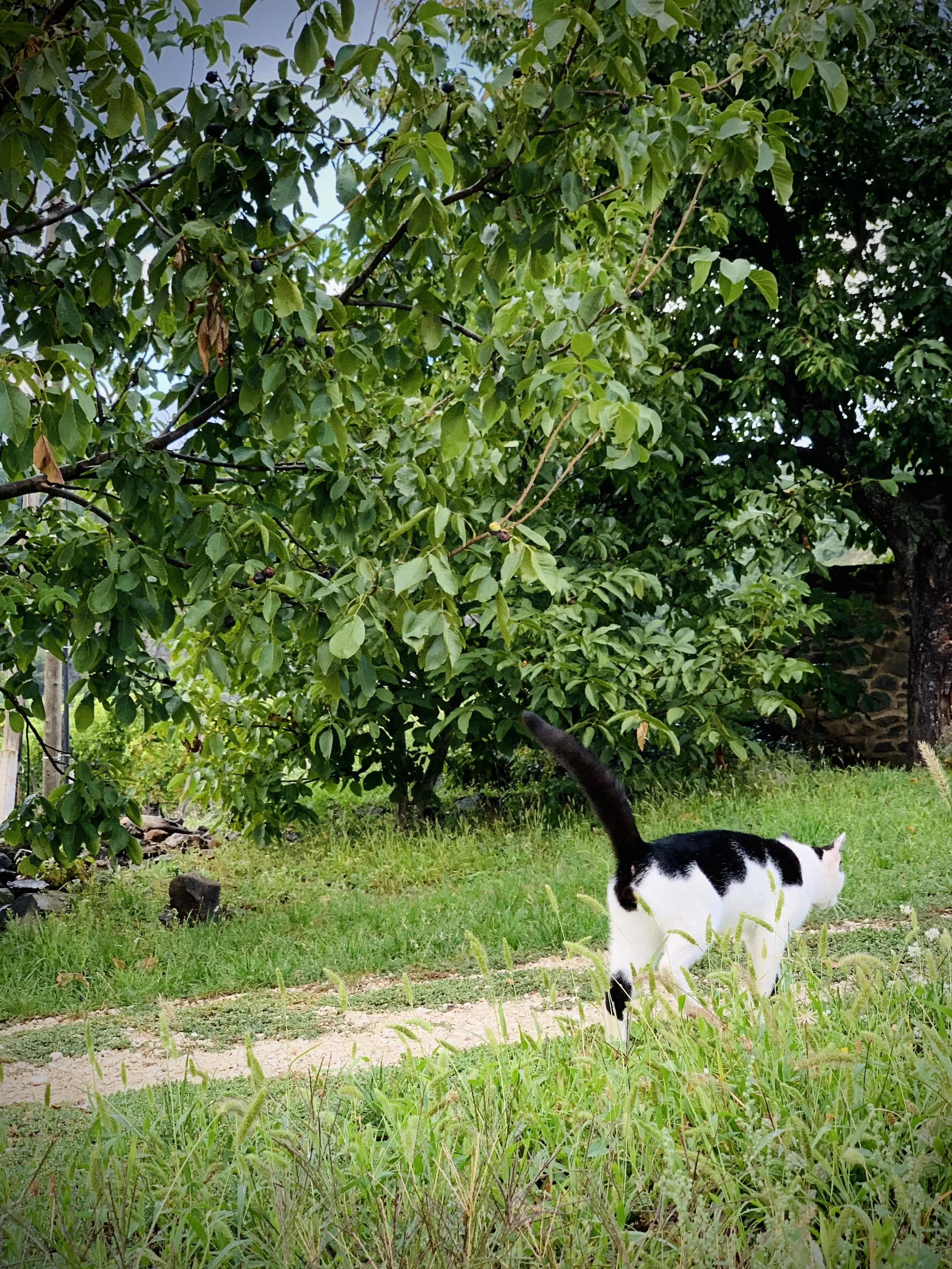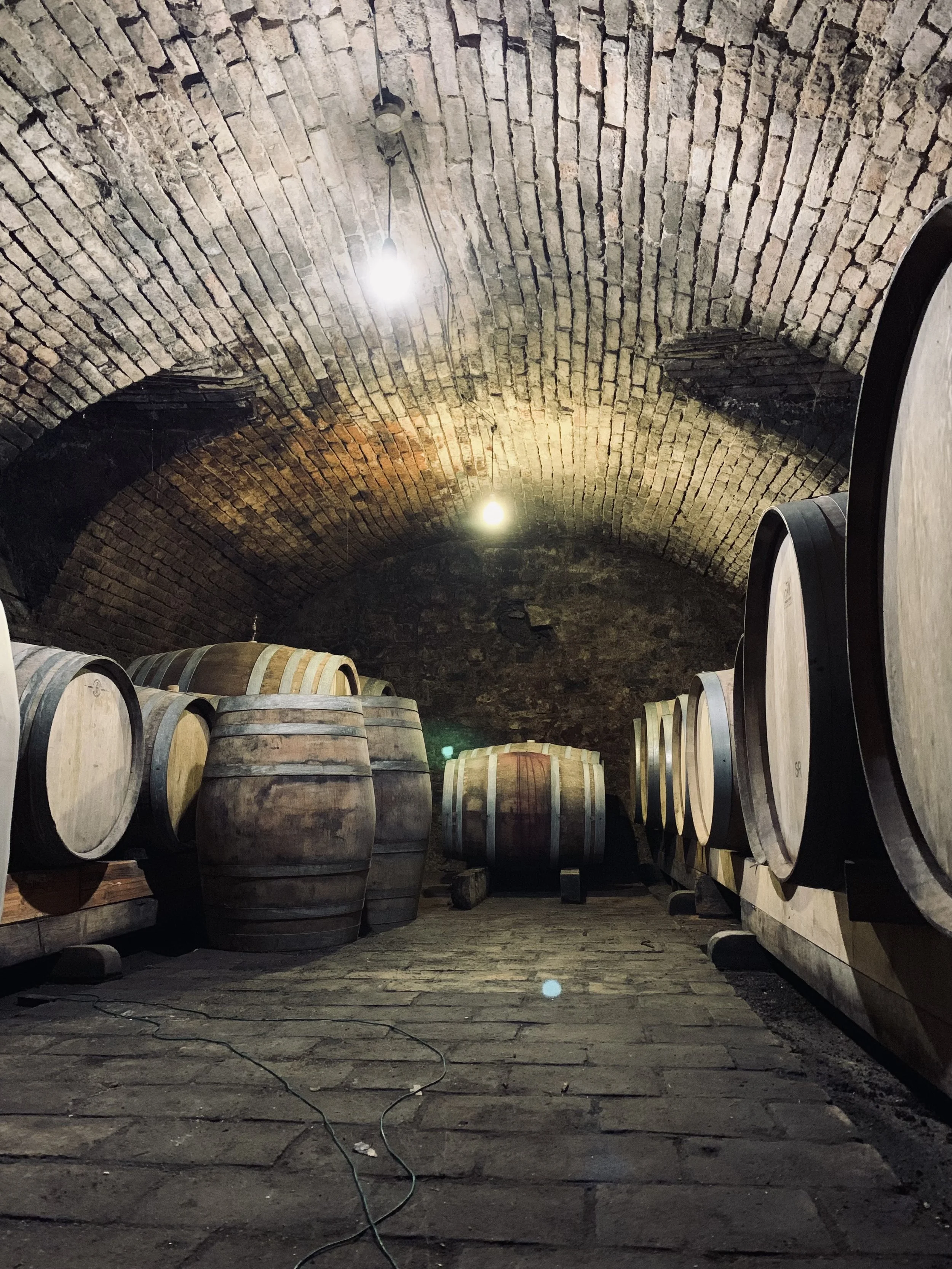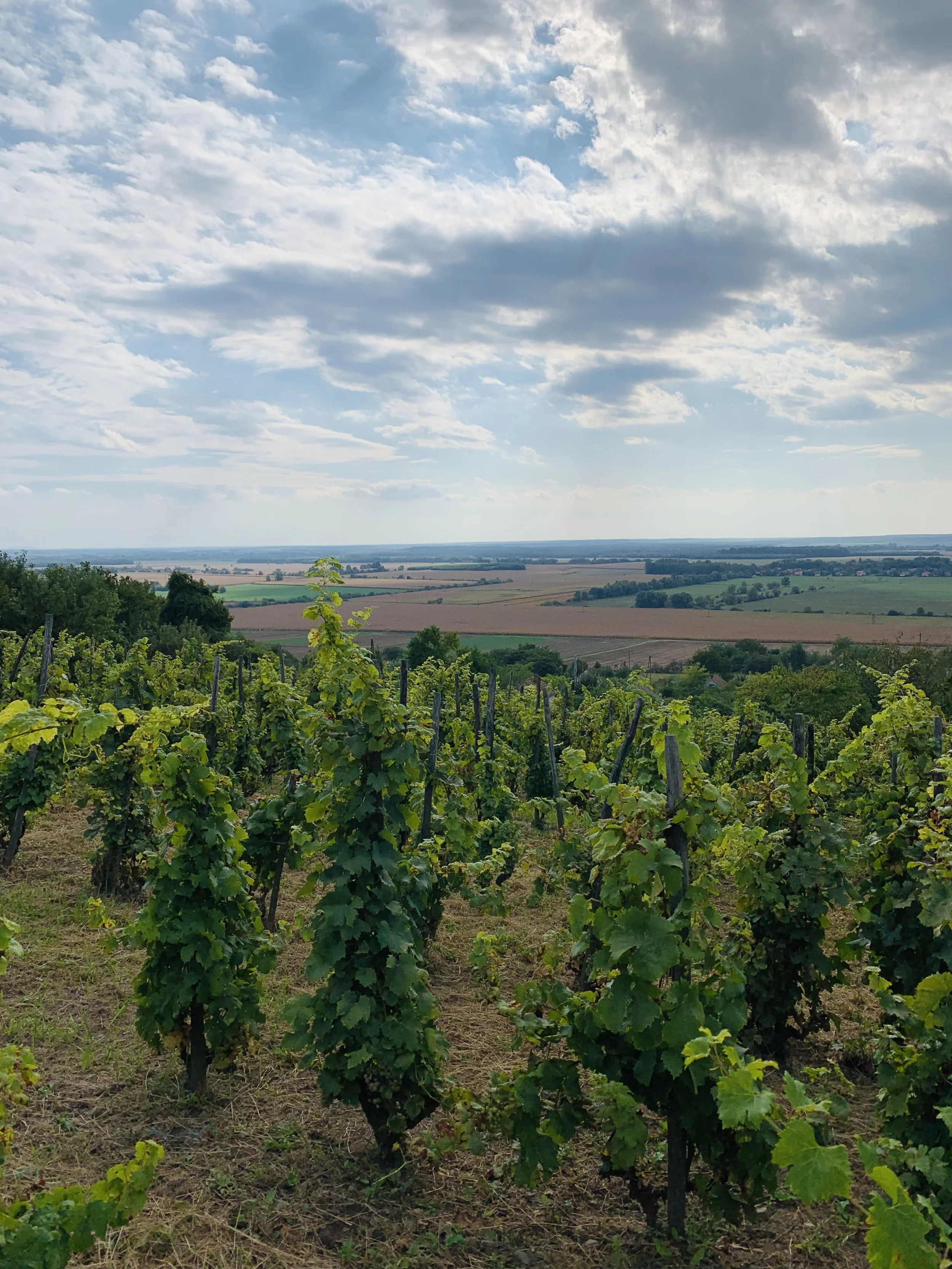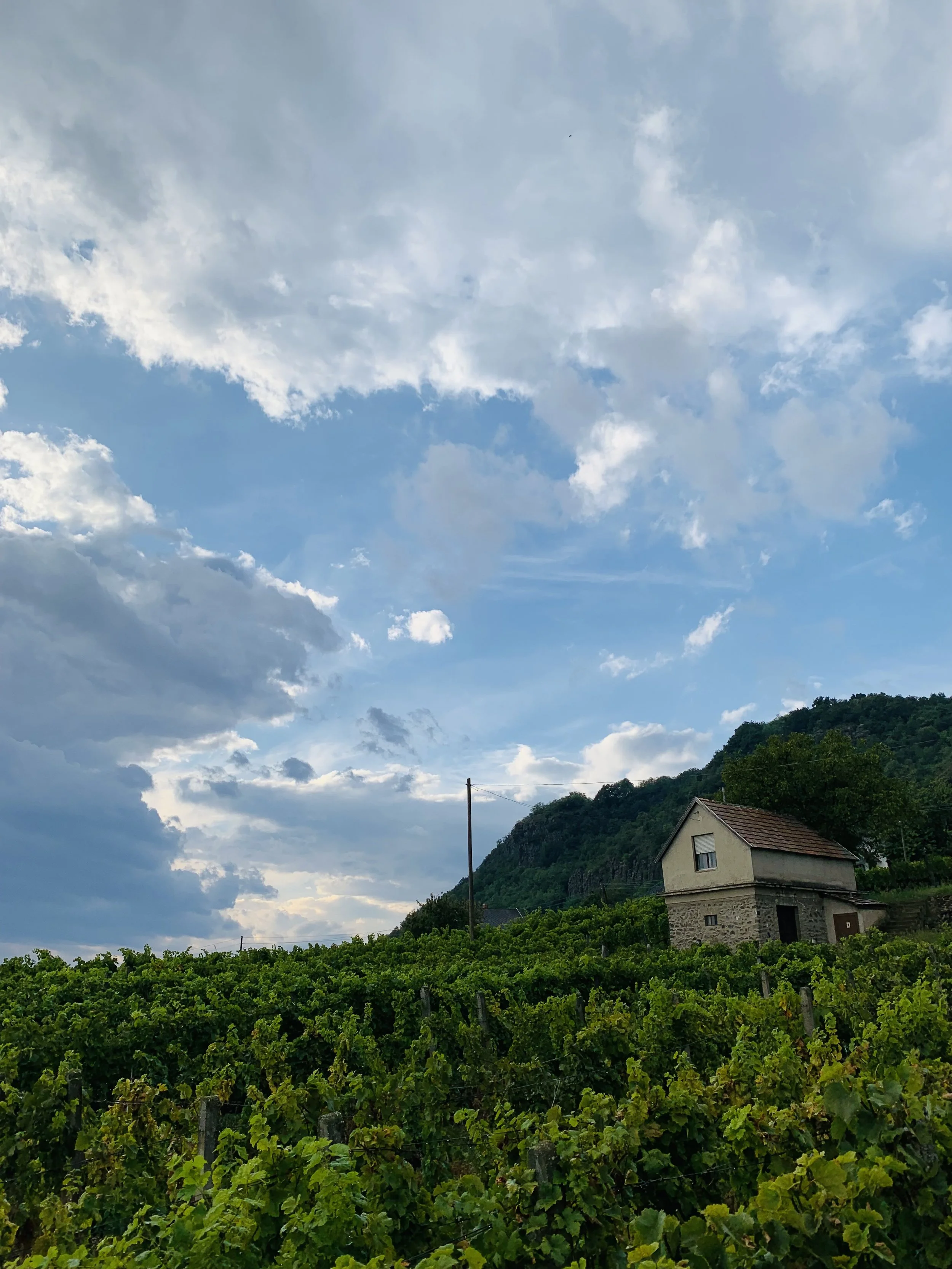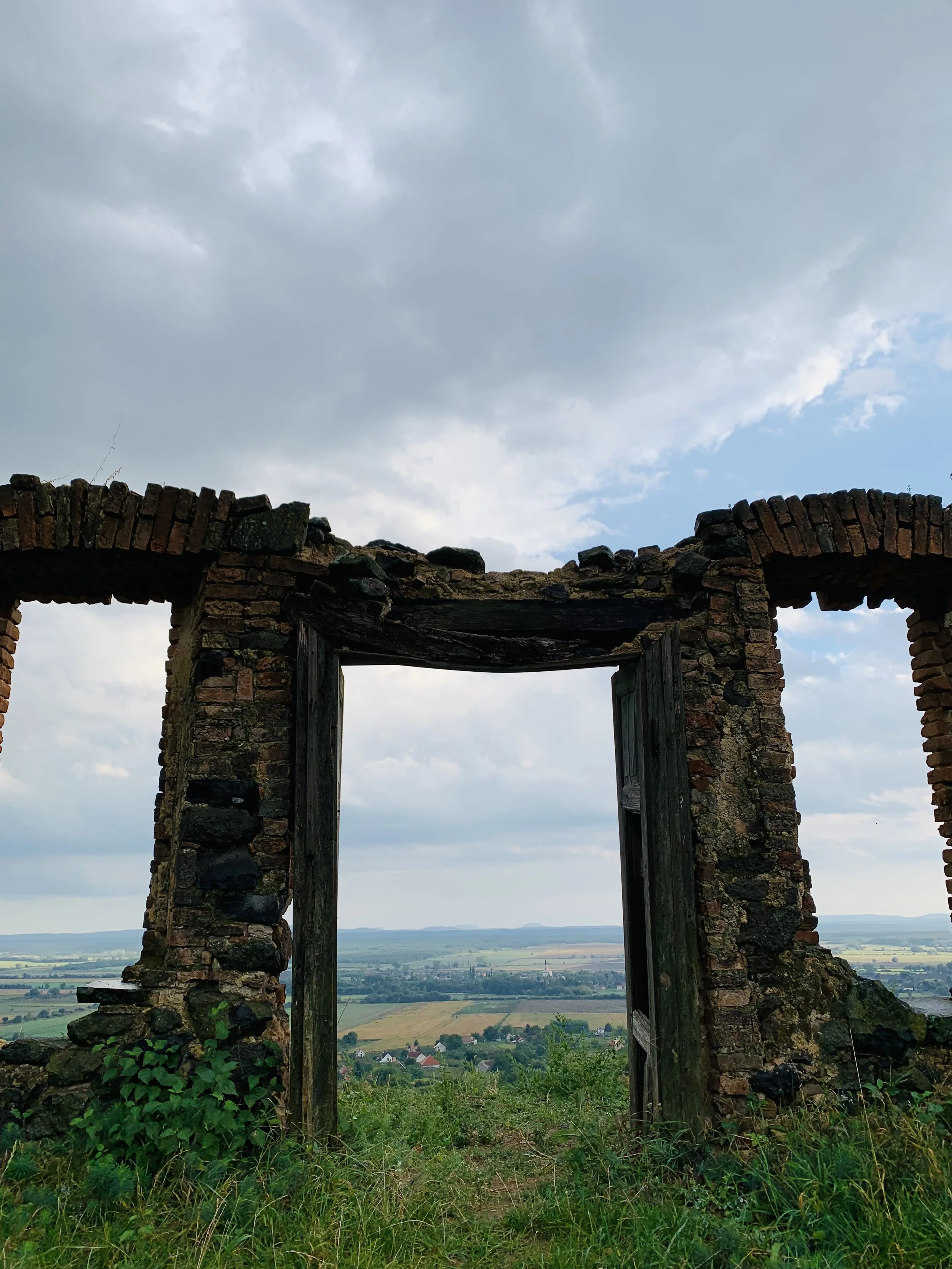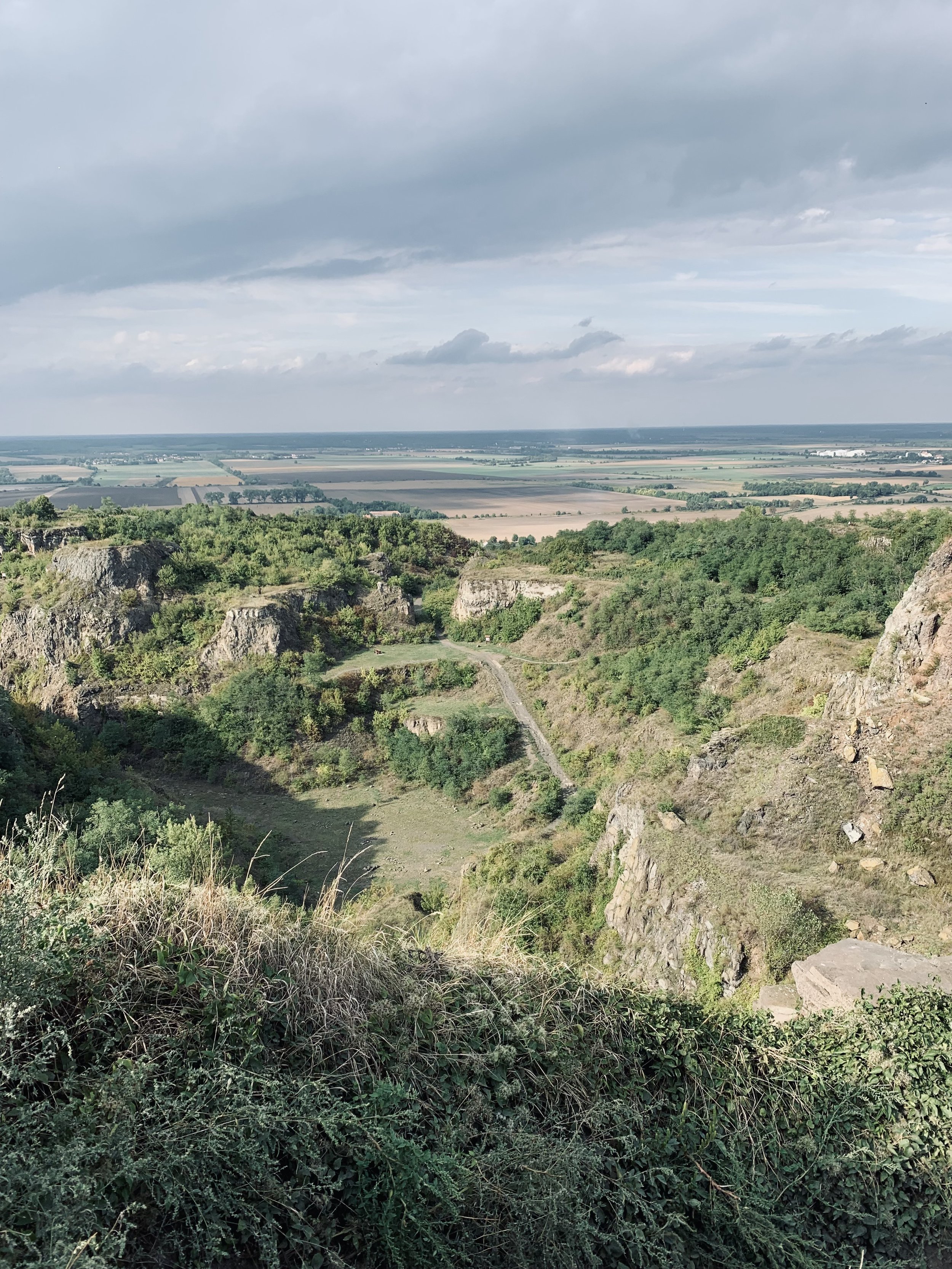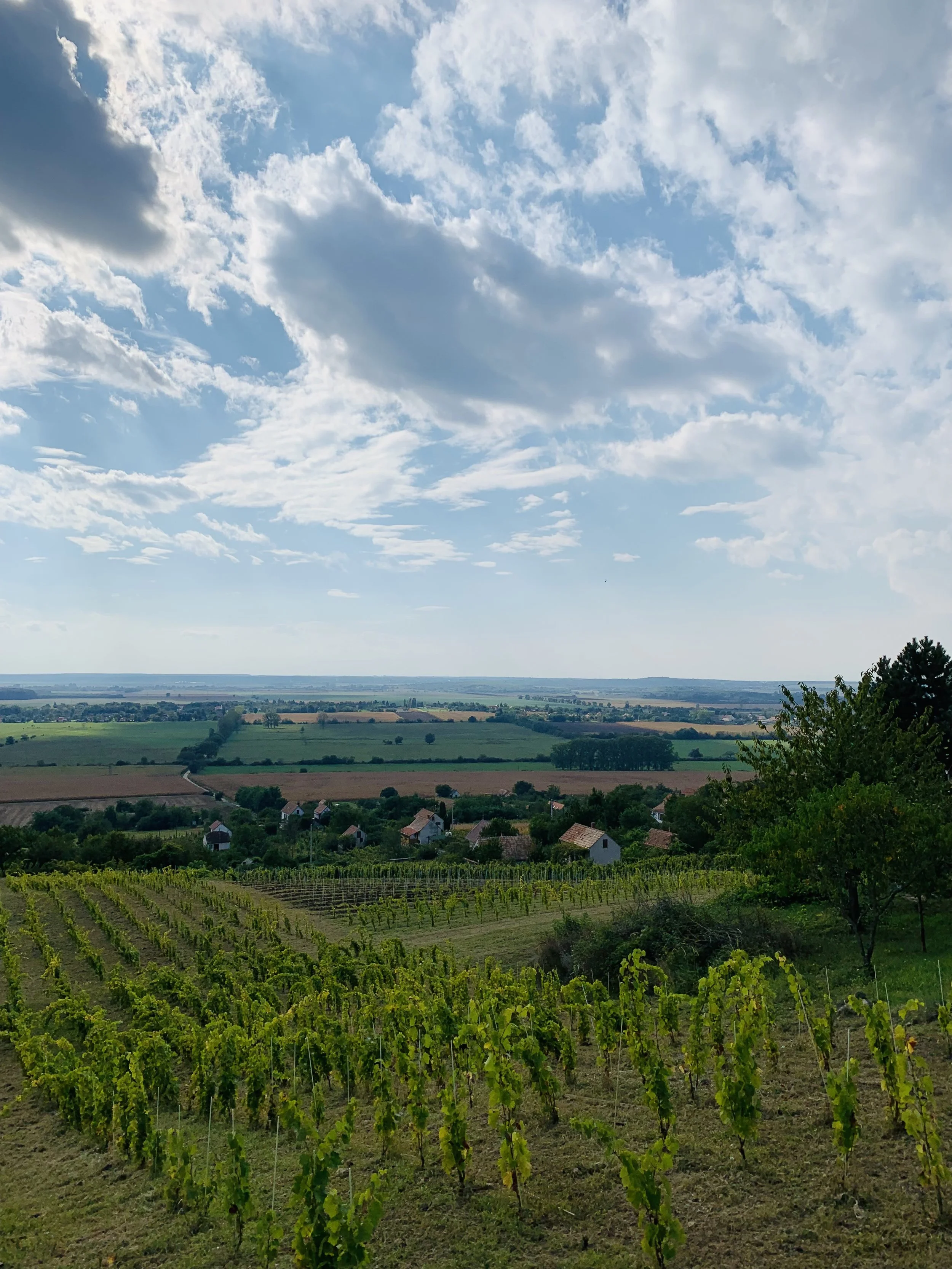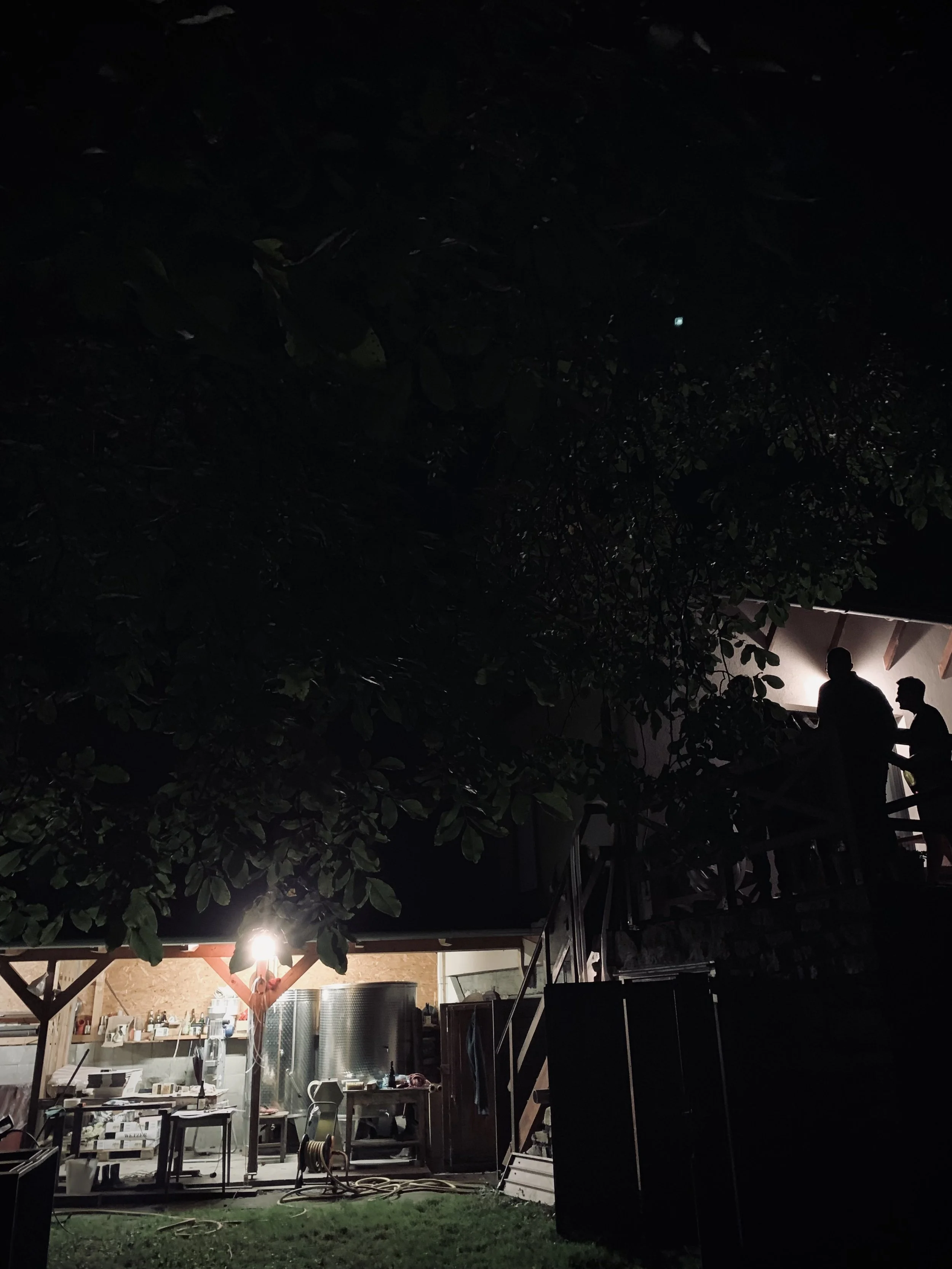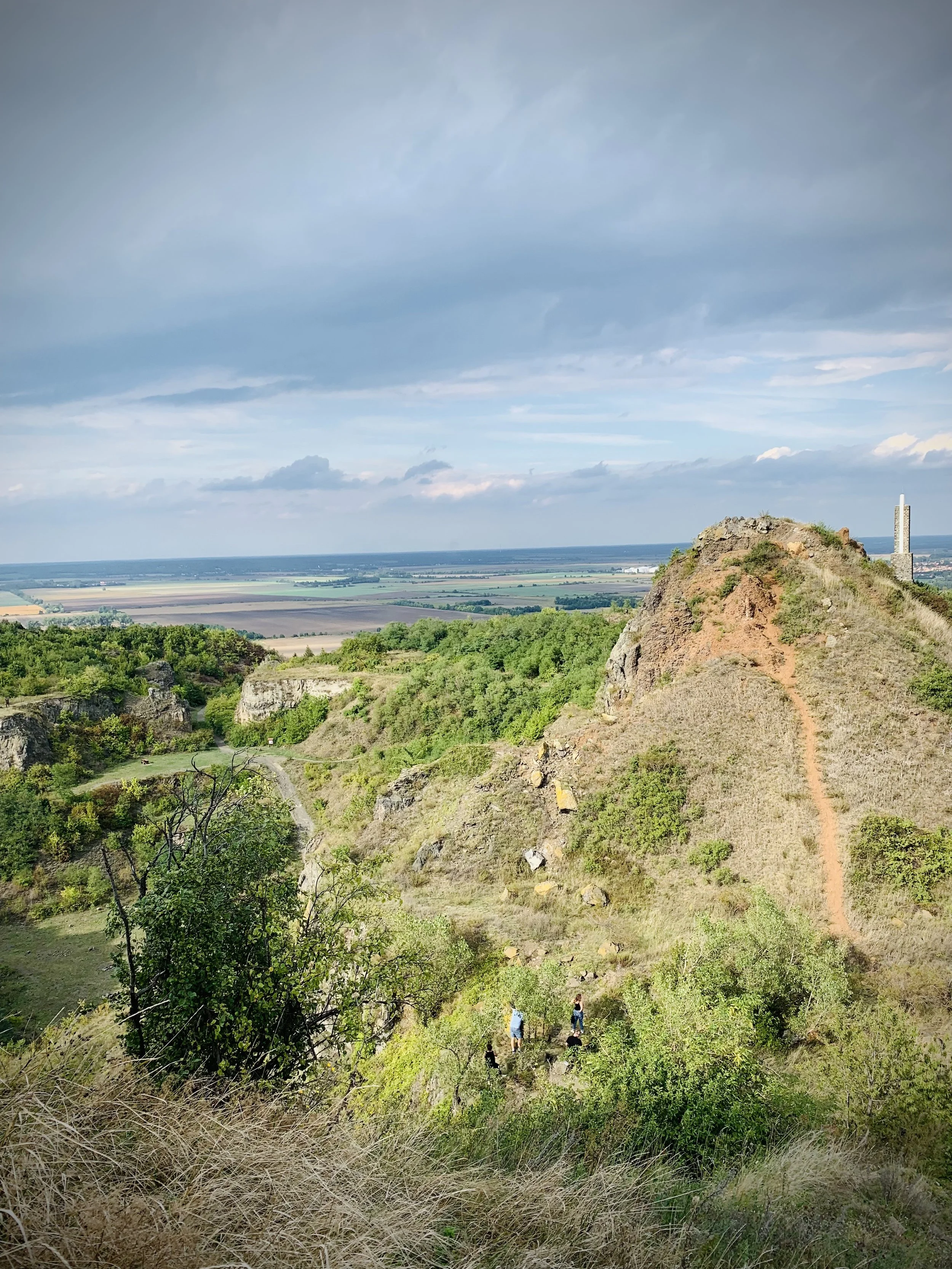PETER WETZER
The fact that Peter Wetzer makes any wine at all is a little astonishing. Firstly, he is located in Sopron, a small region on Hungary’s boarder with Austria. His absolutely tiny cellar (if you can even call it that) is in the basement of his family house, in a suburb; shockingly, it’s more complete than his newly obtained cellar, several stories under a house built in the 1700s that looked more like a demolition zone than a winery.
We met him at his home and proceeded to climb into his truck in which he took us places I never imagined vehicles could access. We visited some of the microscopic plots he now farms, many of which are surrounded by nothing at all. The Pannonian wind knocked us around almost the entire time – despite the intensity of the sun it was a little brisk. From extinct volcanoes, to near-cliffs that gaze out over Austria’s Neusiedlersee, his terroirs are incredibly unique. He fights tooth and nail to acquire these little chunks of land from unwilling old farmers stuck in their agricultural habits. He farms organically, usually only spraying copper, sulphur, and nettle tea twice a year, and using cover crops instead of fertilizer. All this work is done manually; luckily, Peter is no small man.
His determination is bordering on insanity, but after seeing the sites he’s trying to replant, learning about the history of the town and the region, and tasting the wines, we understand how he keeps going. To fund this little project, he works a couple days each week at a gas station – who said winemaking is glamorous?! With only a couple stainless steel tanks, a manual basket press, and some old barrels, he pushes onwards.
2022 PINOT NOIR
Two vineyards in Sopron are used for this cuvée. Krafter features thirty-five-year-old vines planted on limestone. Kogl has forty-five-year-old vines planted on iron rich schist. Each vineyard has its own clonal selection, but sadly that information has been lost. Each vineyard contributes equal quantity to the final wine. The wine was fermented in open-top wooden vats with 100% whole-cluster inclusion. After three weeks on the skins the wine is pressed off into barrel until it is racked for bottling the next year.
2022 KÉKFRANKOS
This wine is made from parcels all around the ancient town of Sopron on the Austrian border. The vines are all well over thirty years old and are planted on a variety of soils including schist, loam, limestone and loess. The grapes are fermented in open top wooden vats with 5% remaining whole-clusters. It then ages in old neutral barrels on lees without stirring.
2022 WEISS
Peter was able to get his hands on 0.8ha of Zoldveltlini (Gruner Veltliner) planted in Sopron on pure schist. He kept the winemaking fairly simple, crushing the grapes and then pressing them into tank for fermentation. The wine was racked and bottled by gravity without fining nor filtration.
2022 SOMLO FURMINT
The grapes for this cuvée come from the eastern side of the Somló volcano. Soils here are sasalt, tufa, and loam as one might expect. The grapes are crushed by foot and then whole cluster pressed in an ancient and tiny hand-cranked basket-press. The wine then ferments in neutral puncheon over the fall and winter. Once the wine is dry it gets racked into stainless steel for five months. A small amount of SO2 is added at bottling.
2022 SAG
This vineyard is located on a volcanic mound in Southern Hungary. Soils are primarily black basalt and tufa. Many of these vines are well over 100 years old and Peter has started replacing some of the dead vines with selection massale from healthy plants. The vineyard is mostly Olaszrizling (Welschriesling) although there’s a large section of interplanted varieties. The grapes were partially whole-cluster pressed and partially fermented on skins. After nearly a year in barrel the wine is racked and bottled by gravity without fining or filtration. There are typically less than 600 bottles made each year.
2021 KEKFRANKOS BLUMENTHAL
This cuvée comes from a small plot in Sopron called Blumenthal. The vines are 50-60 years old and were planted with old massal selection. Soils here are slightly richer loam with gravel and limestone. The grapes are nearly all destemmed before being fermented in open-top wooden vats. After a couple weeks of maceration, the wine is pressed off into neutral barrel. It tends to be the richest, most bombastic cuvée he releases.
2020 KEKFRANKOS SPERN STEINER
Steiner Vineyard has been called western Hungary’s grand-cru since the 15th Century. This east facing site features primary mica schist and gneiss. This site is warm and dry, but low yielding due to extremely low levels of soil nutrients. This wine was fermented in open top wood vats with a tiny amount of stem inclusion. After several weeks on the skins, the wine is pressed off into neutral barrel. It is released later than the rest of their red cuvées to allow the tannins time to settle.
2021 KÉKFRANKOS
This wine is made from parcels all around the ancient town of Sopron on the Austrian border. The vines are all well over thirty years old and are planted on a variety of soils including schist, loam, limestone and loess. The grapes are fermented in open top wooden vats with 5% remaining whole-clusters. It then ages in old neutral barrels on lees without stirring.
2021 SAG
This vineyard is located on a volcanic mound in Southern Hungary. Soils are primarily black basalt and tufa. Many of these vines are well over 100 years old and Peter has started replacing some of the dead vines with selection massale from healthy plants. The vineyard is mostly Olaszrizling (Welschriesling) although there’s a large section of interplanted varieties. The grapes were partially whole-cluster pressed and partially fermented on skins. After nearly a year in barrel the wine is racked and bottled by gravity without fining or filtration. There are typically less than 600 bottles made each year.
2021 WEISS
Peter was able to get his hands on 0.8ha of Zoldveltlini (Gruner Veltliner) planted in Sopron on pure schist. He kept the winemaking fairly simple, crushing the grapes and then pressing them into tank for fermentation. The wine was racked and bottled by gravity without fining nor filtration. 14% ABV
2021 ROSÉ
This wine is mostly made from Pinot Noir, macerated on the skins for a short period of time before being pressed off into tank for fermentation. A small amount of Kekfrankos is also used for structure. The aim was to make something between rosé and red wine, so after a year in barrel the wine is bottled.




